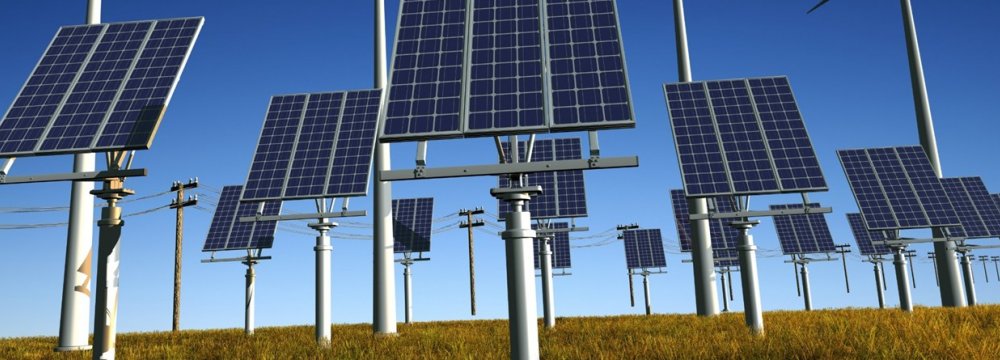Solar power is now cheaper than coal in some parts of the world. In less than a decade, it is likely to be the lowest-cost option almost everywhere.
In 2016, countries from Chile to the United Arab Emirates broke records with deals to generate electricity from sunshine for less than 3 cents a kilowatt-hour, half the average global cost of coal power. Now, Saudi Arabia, Jordan and Mexico are planning auctions and tenders for this year, aiming to drop prices even further, Bloomberg reported.
Since 2009, solar prices are down 62%, with every part of the supply chain trimming costs. By 2025, solar may be cheaper than using coal on average globally, according to Bloomberg New Energy Finance.
“These are game-changing numbers, and it’s becoming normal in more and more markets," said Adnan Amin, International Renewable Energy Agency’s director general, an Abu Dhabi-based intergovernmental group. "Every time you double capacity, you reduce the price by 20%.”
Better technology has been key in boosting the industry, from the use of diamond-wire saws that more efficiently cut wafers to better cells that provide more spark from the same amount of sun.
It is also driven by economies of scale and manufacturing experience since the solar boom started more than a decade ago, giving the industry an increasing edge in the competition with fossil fuels.
The average 1 megawatt-plus ground mounted solar system will cost 73 cents a watt by 2025 compared with $1.14 now, a 36% drop, said Jenny Chase, head of solar analysis for New Energy Finance.
The US Energy Department’s National Renewable Energy Lab expects costs of about $1.20 a watt now declining to $1 by 2020. The International Energy Agency expects utility-scale generation costs to fall by another 25% on average in the next five years. The speed at which the price of solar will drop below coal varies in each country. Places that import coal or tax polluters with a carbon price, such as Europe and Brazil, will see a crossover in the 2020s, if not before. Countries with large domestic coal reserves such as India and China will probably take longer.
However, coal industry officials point out that cost comparisons involving renewables do not take into account the need to maintain backup supplies that can work when the sun does not shine or wind does not blow.
When those other expenses are included, coal looks more economical, even around 2035, said Benjamin Sporton, chief executive officer of the World Coal Association.











Add new comment
Read our comment policy before posting your viewpoints